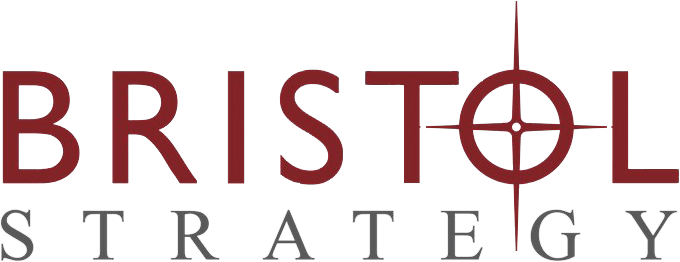Have you ever experienced flow at work? According to the mental wellness brand Calm, flow is “the state of being fully in the moment and completely immersed in an activity to the point of effectively disappearing into it.”
In other words, flow is what you feel when you have an especially productive day at work, losing track of time and fully engaging in your tasks. It might look like spending the morning finally getting your email to “inbox zero” or making great headway on planning an engaging fundraising event in a team meeting.
In the flow state, employees perform at their peak; studies show that people in flow states were—incredibly—500% more productive. So, how can you make your nonprofit a place where every employee can experience flow regularly and be more productive each day?
Let’s dive into a few tips that will help!
1. Align everyday tasks with employees’ strengths and interests.
When employees can use their talents and skills in their everyday work, they’re much more likely to feel engaged and motivated in their roles. This alignment creates a sense of ease and enjoyment, which can lead to increased concentration and productivity.
For example, say your marketing team primarily focuses on maintaining your organization’s website and creating physical marketing materials like flyers and posters. However, one team member with social media management experience is interested in expanding your outreach efforts to Facebook, Instagram, and X. So, you encourage them to design a social media strategy and content calendar for your nonprofit, giving them the chance to exercise their skillset and drive results for your cause. Not only does having a social media presence help your organization draw in more interest and support, but it also allows your employee to flourish.
You don’t always need to make significant changes to empower employees to lean into their strengths and interests. For instance, a major gifts officer (MGO) might tell your development director their favorite part of their job is meeting with donors face-to-face. In all your future fundraising events, the development director might ensure that the MGO has a donor-facing role to help them capitalize on this interest.
This strategy not only boosts employee happiness and productivity, but it can also help ward off burnout and retain highly talented team members.
2. Set SMART goals.
We’ve all been there—a big project lands on your plate, and you’re not sure where to begin. Instead of making progress, you find yourself procrastinating. If you’re working in an office, you might wander to the breakroom and chat with your peers. Or, you might scroll mindlessly through LinkedIn while the project looms in the back of your mind.
Help your team members break big projects and tasks into manageable pieces by setting thoughtful and actionable goals. When your employees can track their progress toward a concrete deadline, it will be much easier to start (and finish!) big tasks.
Teach your employees to set SMART goals—goals that are specific, measurable, achievable, relevant, and time-based. They should also report their progress to their manager or another leader at your organization in order to stay accountable. Getting in the habit of setting goals like this also will allow your employees to assess their success in their roles and make actionable plans for improving their performance.
3. Foster a supportive work culture.
Your nonprofit’s work environment and culture directly impact employees’ productivity and ability to experience flow. When your workplace culture is supportive and positive, employees will feel much more motivated in their day-to-day activities and look forward to their workday.
Here are some ways you can foster a positive workplace culture at your organization:
- Create a safe and inclusive environment. Let your employees know that your nonprofit is a place where diversity is celebrated. Hold your entire team to a high standard of respect for others so everyone feels valued regardless of their background or identity.
- Encourage open communication. Empower employees to voice their opinions, ideas, and suggestions to your organization’s leaders without fear of retribution. Model this by openly sharing how things are going for your organization, both good and bad, and what actions you take to ensure positive outcomes for your team and those you serve.
- Offer flexible scheduling and work arrangements. Everyone has different preferences for where and when they work. Busy parents or introverted team members may prefer to do most of their work from home. Employees who are natural night owls may like to work on projects well after standard business hours. Be flexible and allow employees to work in ways that work for them.
- Encourage autonomy. Empower employees to make decisions in their roles to build confidence and feel a sense of ownership over their work. At the same time, encourage employees to reach out to their manager or peers when they face challenges or problems. For instance, perhaps a new employee needs help learning how to use your email marketing software. Once they get the assistance they need, they can work toward autonomy as they execute your email marketing strategy.
- Pay attention to your physical work environment. If your team works together in an office, ensure that it is a pleasant space conducive to productivity. Provide comfortable office setups, adequate lighting, and healthy breakroom snacks to ensure it feels like a great place to be.
Your nonprofit HR team (or an external HR consultant) will be instrumental in helping you cultivate a supportive work culture. For example, they can help you design an employee recognition program that makes it easy for your whole team to celebrate one another’s achievements.
4. Equip employees with skills and tools to improve focus.
Focus is a learnable skill, and many of us could benefit from improving it. As you help your employees learn how to focus better, they will be more resilient to daily ups and downs in their motivation.
Here are a few skills and strategies you can teach:
- Time management: Educate your employees about how to prioritize their tasks, break big projects into smaller, more manageable pieces, and stick to deadlines.
- An idea to try: Introduce your employees to the Pomodoro Technique, which involves using a timer to break work into 25-minute intervals followed by a five-minute break. There are several free online resources for the Pomodoro Technique, including this easy-to-use timer.
- Mindfulness: Being mindful, or staying rooted in the present moment, can help employees reduce stress and feel more mentally fit during the workday.
- An idea to try: Set up a daily or weekly 10-minute meditation session for your entire team. This will help employees take a minute to slow down, increase their emotional regulation, and center themselves before getting back to their to-do lists.
- How to avoid distractions: Whether your employees work from home or an office, there are dozens of things pulling at their attention throughout the day, from coworkers to family members to social media feeds. Help your team identify common distractions and strategies to minimize or eliminate them.
- An idea to try: Point employees toward free tools like Rainy Mood or instrumental music playlists on YouTube. Team members can listen to these calming tracks throughout the day to create a quiet headspace while they work.
To help everyone learn from each other, ask employees about strategies they already use to stay engaged and productive at work. You can also take suggestions for improving your workplace, such as implementing a daily focus hour or providing a project management tool that helps everyone stay on top of upcoming deadlines.
5. Encourage regular breaks and downtime.
This last tip may seem counterintuitive at first—aren’t breaks and downtime inherently unproductive? After all, we’ve all heard stories about successful CEOs around the world who wake up at four in the morning to start their day or work through the weekend to help their businesses thrive.
While sticking to the grind may work for some, the truth is that rest is an essential part of the productivity puzzle. Research actually shows that taking breaks boosts productivity by 33%. Additionally, employees who take regular breaks report better work-life balance, an increased ability to manage stress, and higher overall job satisfaction.
Here are a few ways to help employees take regular breaks and enjoy downtime outside of work:
- Encourage employees to use their paid time off and sick time. Consistently communicate that they’re entitled to do so as part of their compensation packages.
- Avoid contacting employees outside of standard work hours. In situations where you need to (such as emergencies or ahead of a big event or campaign), send clear, brief messages to demonstrate respect for the employee’s time.
- Lead by example. As your employees see you taking the time to catch up with a coworker or enjoy a full week of family vacation, they’ll see that your nonprofit truly cares about them getting the rest they need.
Everyone needs time to recharge in order to perform at their best. In addition to encouraging employees to take a breather every now and then, instruct managers to check in with employees regularly to ensure they’re feeling rested and not on the verge of burnout.
When your organization’s internal team is focused, productive, and in a state of flow, you can accomplish more for your mission and drive more value for those you serve. Use the tips above to help boost nonprofit employee activity at your organization, but remember to be patient! Increasing productivity will take time and learning to become the norm among your employees.


